International Culinary Training
- International Schools
- Australia
- Canada
- France
- India
- Italy
- Japan
- Korea
- Lebanon
- Mexico
- Netherlands
- New Zealand
- Peru
- Puerto Rico
- Singapore
- Spain
- Switzerland
- Thailand
- United Kingdom
Culinary Training
Top Schools
- Culinary Arts Schools
- Le Cordon Bleu
- The Art Institutes
- Kitchen Academy
- Johnson and Wales
- International Culinary Center
Majors
- Culinary Majors
- Culinary Arts
- Baking & Pastry Arts
- Food Prep/Prof. Cooking
- Hotel & Restaurant Management
- Culinary Arts Management
- Wine, Spirits & Beverage Management
Degree Types
Career Information
Halal: The Golden Standard for Islamic Cuisine

Find Culinary Programs
Today, halal food has become a common fixture in many urban culinary scenes. Any major city with a sizable Muslim community is bound to have several. These restaurants have brought a fantastic range of new flavors to a greater market. The variety of flavors in halal menus will amaze the intrepid culinary adventurer.
Although associated with the Middle East, halal meals can hail from many cultures. Some of these include Indonesian, South Asian, and even Chinese culinary traditions.
What is Halal
In Islam, halal has a broad range of applications and is not specifically restricted to food. In classical Arabic, halal means “permitted.” The term refers to anything allowed within the laws of Islamic religious jurisprudence. In contrast, haram means “forbidden.” It applies to any act that Muslims believe are against the commands of God. Things whose position in Islamic law are uncertain are mashbooh, “questionable.” For this article, haram will describe food forbidden in Islamic dietary laws.
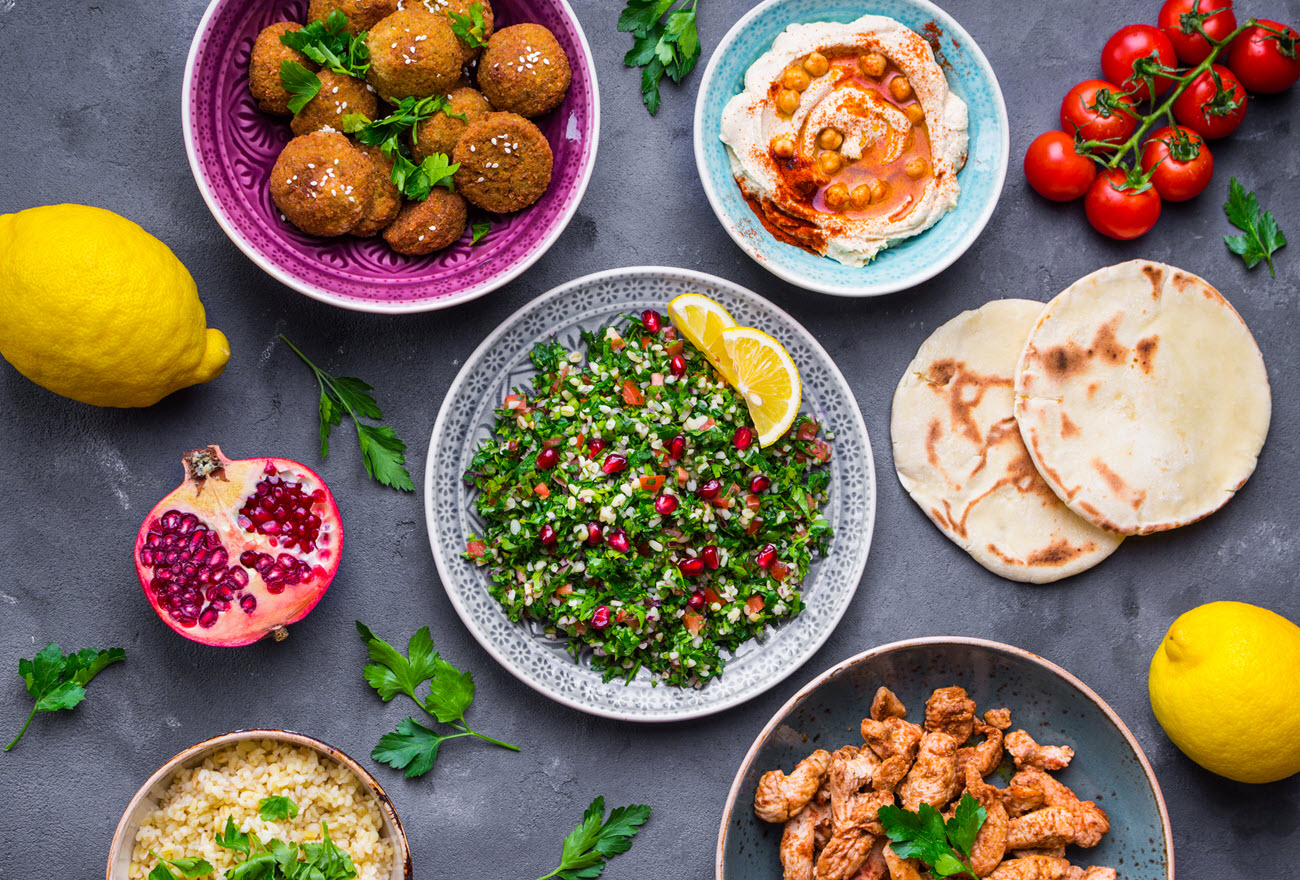
Observant Muslims keep their faith by consuming and practicing only what is halal. In practice, halal guidelines apply to cosmetics, medicine, and many other products. However, the word halal is mostly applied to food. Muslims are only ever allowed to eat meals that follow halal principles.
Halal designation is not regulated at the Federal level. The task goes to dedicated Islamic religious organizations, who apply labels to food made in compliance with Islamic law. The following states observe regulation of halal designations:
- Minnesota
- California
- Michigan
- Illinois
- New Jersey
- Texas
Determining Halal Foods
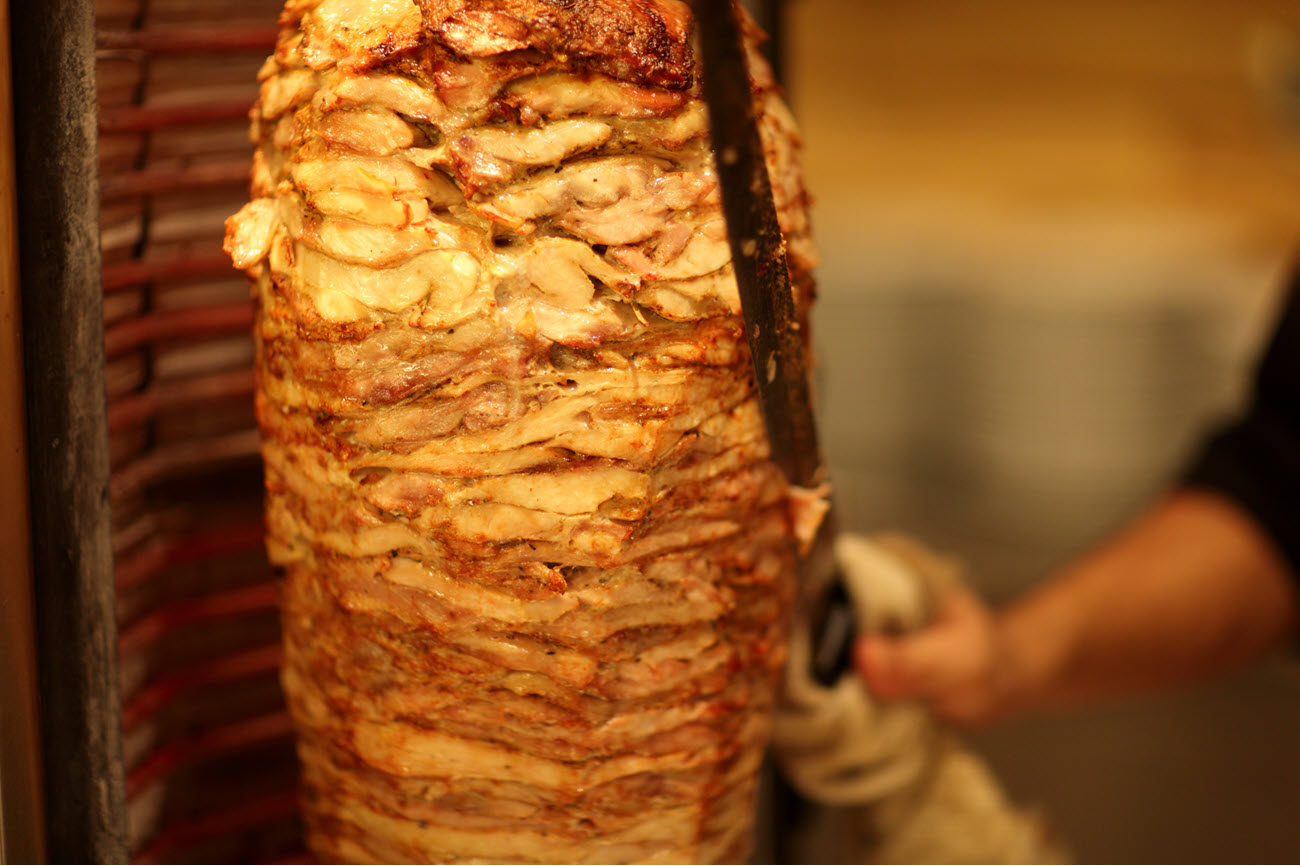
The guidelines that govern halal food are derive from three major sources. The first of these is the Qur'an. The Holy Book provides clear instructions on what is permissible or forbidden. The second are hadiths. These are stories and passages attributed to the life of the Prophet Muhammad. The third are the declarations of Islamic scholars and jurists. Experts on scripture decide what is halal based on their understanding of the first two.
In general, all food is halal unless specified otherwise. The most recognizable of foods declared haram is pork, denounced many times in the Qur'an. Alcohol is the other major haram comestible. The risk of contamination plays a key role in determining the status of food as halal. Food processed alongside haram products are not halal at all.
Sourcing Animal Products
Islamic culinary tradition is known for what it considers haram. The most familiar to outsiders is the ban on pork, a trait shared with Jewish Kashrut laws. Likewise, these animals are also prohibited from consumption:
- Predatory birds
- Predatory mammals
- Donkeys
- Any land animal without external ears
- Reptiles and amphibians
- Insects (except locusts)
- Blood
- Meat from dead animals
Halal meat should come from animals slaughtered according to Islamic guidelines. Not all parts of an animal are considered halal. It is haram to consume the animal's reproductive and urinary organs.
The guidelines that determine halal extend to animal derivatives. Tallow, stock, and gelatins obtained from halal livestock, fish, microbes are halal. Meanwhile, these same substances from unspecified or haram sources are not. Enzymes, rennet, and lipase can be halal if they come from halal animals. They may also be halal if they are taken from plant or microbial sources. L-cysteine supplements are haram if they are derived from human hair.
In emergency situations, preserving human life becomes a priority. Foods deemed haram can become halal for the duration of a crisis such as famine.
Cultural Parallels and Divergence
Halal food has many similarities to kosher. They share the same guidelines on what types of meat are acceptable and the values they share. Animals must bleed out at slaughter and their meat salted to follow the prohibition on blood. Islamic and Judaic law also demand facilities to follow stringent cleanliness guidelines. Moreover, both religious guidelines approve of vegan and vegetarian food with little fuss.
There are key differences, however, in how they approach their respective dietary guidelines. Muslims consider halal anything that wasn't otherwise rendered haram. Jewish people who keep kosher must follow more rules like avoiding dairy and meat in the same meal. While shellfish is not kosher, it is not always considered haram. Kosher guidelines approve of alcohol consumption, which is haram in Islam.
This can create interesting situations in western diets. An observant Jewish diner can enjoy kosher wine. Meanwhile a Muslim diner can have a halal cheeseburger. Neither can have lobster thermidor, which involves both shellfish and alcohol.
Special Considerations
Processed food brought complications in determining what is and isn't halal. They may mix ingredients from both halal and haram sources, rendering them haram. Thus, processed food catering to Muslim markets must follow stringent manufacturing requirements. They must also receive the appropriate certifications before entering the market as halal.
The Process of Slaughter
Dhabihah, halal slaughter, is based on a longstanding Islamic tradition of respecting the lives of animals. Humans must respect the dignity of animal life as fellow creations of God. Ending a life of an animal for food must be done with utmost dignity. Islamic law has provisions to maintain the welfare of the animal before slaughter. The animal must be alive and in good health. They must not be thirsty. They must not feel fear.
The setup of the abattoir is important. Animals are not allowed to witness the slaughter of one of their own. Halal facilities must follow the standards of Islamic cleanliness. Moreover, a halal abattoir should be a facility that has never processed pork.
A halal-approved slaughter requires a dedicated Muslim butcher. The animal's life must be taken in God's name. The butcher must say a short prayer in praise of God (usually the phrase Bismillah, “in God's name”). They must then dispatch the animal through a quick slash through the neck. Unlike with kosher meat, halal butchery allows stunning the animal beforehand.
It's Also Halal
Some things are innately lawful under Islamic dietary laws. All vegetables and fruits are halal on their own. Moreover, vegan and vegetarian items do not involve animal products at all. This eliminates the risk of contact with products made from a halal animal. Thus, faithful Muslims can consume vegetarian and vegan products without a worry.
Pious Muslims are not allowed to eat animals butchered in the name of anyone but God. Other options for food that is halal are the People of the Book. For many Muslims, meat from Christian or Jewish butchers is still halal. Due to the prohibition on pork, the latter is preferred. Kosher products are acceptable alternatives to certified halal products if they are non-alcoholic.
Although kosher meat is halal for Muslims, the opposite is not true. Meat prepared in a halal manner is not considered kosher due to differences in the process. Some markets offer inter-faith meat products, which meet Jewish and Muslim dietary guidelines. However, these are neither very common or widely accepted.
We offer a guide further comparing and contrasting halal vs kosher foods.
A World of Halal
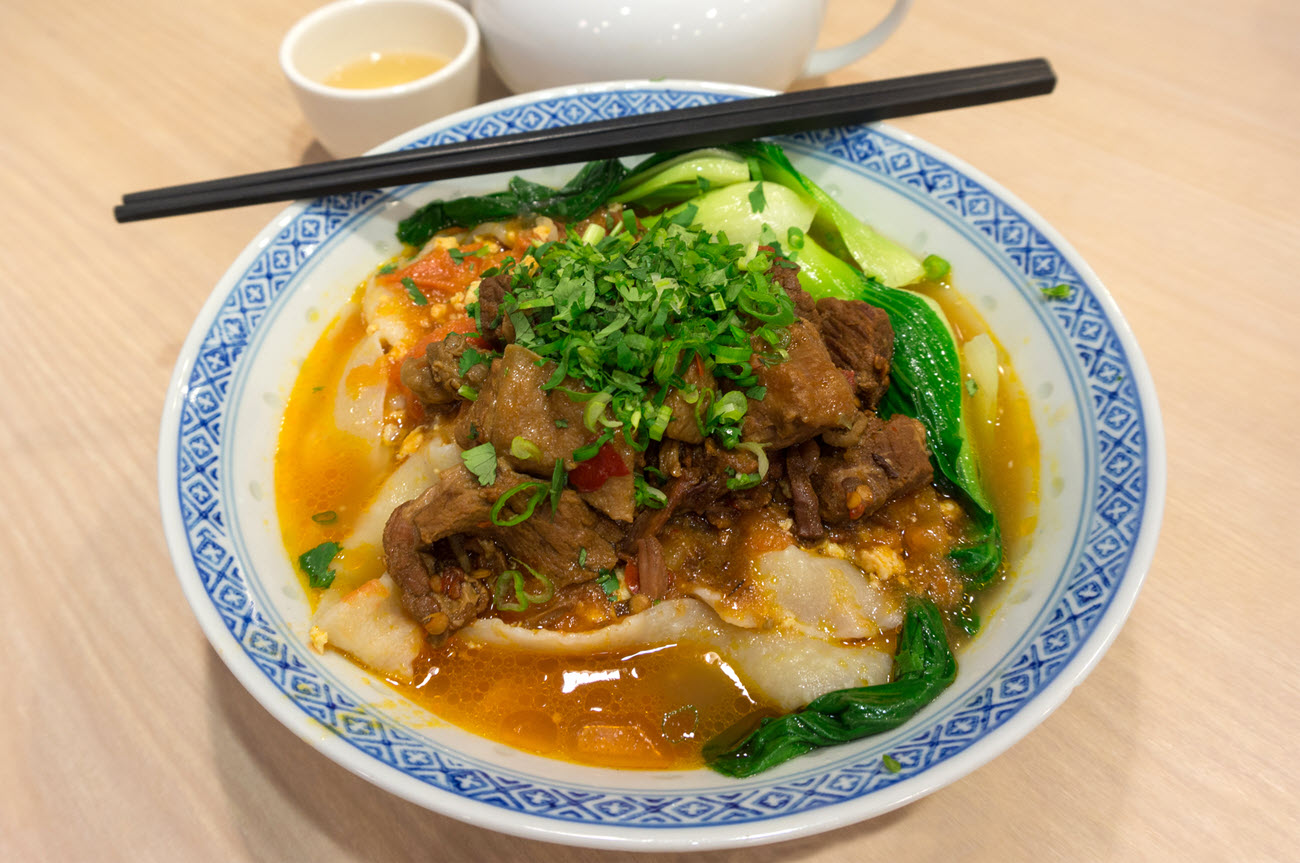
Merely serving Middle Eastern fare is no guarantee a dish is Halal. Much like kosher, halal refers to a guideline, not a cooking technique. A true Halal restaurant would usually mark itself as such.
The diversity of Muslim cultures led to a kaleidoscope of halal culinary traditions. There's more to Muslim cooking than Middle Eastern cuisine. Muslim variations have also emerged in places as far apart as Southern Europe and China. The pious Muslim gourmand has a world of flavor to explore.
Cuisine at the Crossroads
West Asia and North Africa are crossroads for civilizations and empires. Many recurring elements in Islamic cuisine made their way across the globe through traders from this region.
Diversity is an understatement. Each nation has its favorite dish, contributing its own flair. Tunisians, for instance, elevated their love for the chili paste harissa to an artform. The Moroccans take pride in tajine stew, which stemmed from their Berber roots. Nations from Iran to Turkey have their own take on the kebab.
Despite their disparities, there exists a common thread among these cultures. Part of it comes from similar climates and crops. It was here that wheat was first domesticated. Soft flatbreads like pita and noodle dishes like couscous are popular staples. Pita itself is the base for shawarma, a popular street dish made with chicken or beef.
South Asia
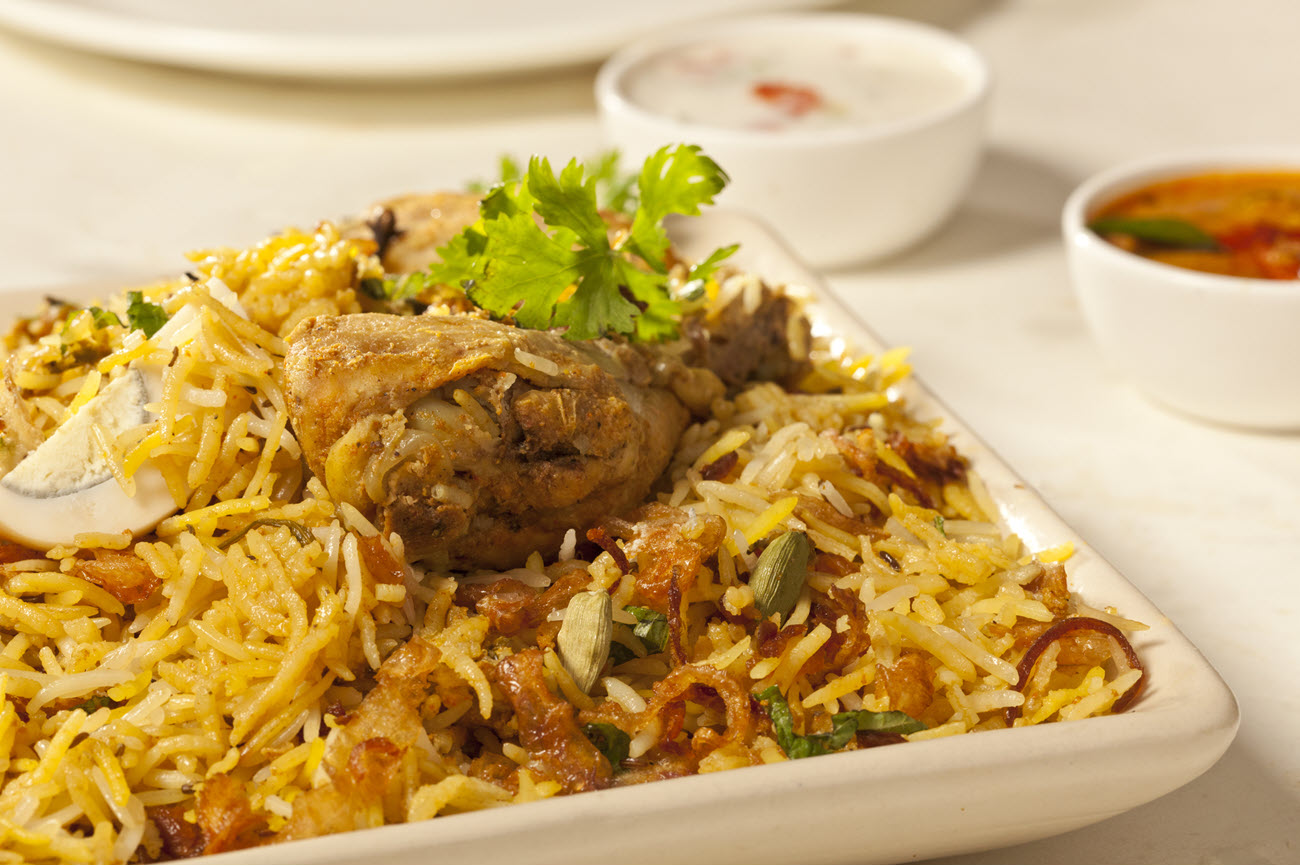
Very few generalities can be said about South Asian Muslim cuisine. A diverse range of culinary styles are within the regions of each country. Beef is common in Pakistan and Bangladesh, where the Muslim community predominates, but is seldom served in India.
The most recognizable Muslim culinary traditions in South Asia is Mughlai cuisine. The style was brought to South Asia by the Mughal rulers, drawing influence from Central Asian and Persian cuisine. This culinary style includes familiar dishes like baida roti (flatbread with egg), chicken biryani rice, and kebabs. It is popular not only in Northern India but also in Pakistan and Bangladesh.
Other regional styles incorporate their own twists to the Muslim palate. Konkani cuisine, for instance, has a heavy focus on rice, coconut, and fish.
China and Taiwan
Islam came to China between 616 and 618 AD. China's Muslim community produced a varied palate of dishes. The Chinese and Taiwanese Muslim communities have largely continued many Chinese cooking conventions. Some regional varieties bring in a heavy helping of Central Asian influence as well. The big difference is in the ingredients. Beef and lamb have replaced the pork used in China's other culinary traditions. Cumin is the preferred spice.
North Chinese Muslim cuisine focuses on flatbreads and noodles. The most famous of these dishes is Lanzhou noodle soup. This popular take on Chinese lamian is made with beef, clear broth, and hand-pulled noodles. Within China's western provinces, other Muslim favorites include lamb dumplings and kebabs.
Southeast Asia
Muslims from the Malayan Archipelago drew many of their dishes from China and India. Nonetheless, they give their own distinctive local flair to each new arrival. Kebabs became satay and are best enjoyed with local peanut sauces.
Southeast Asia, a region dotted with islands, has a diverse assortment of seafood. Here, one can enjoy unique and delectable dishes such as fish head curry and chili crab. Popular ingredients include coconut milk, tamarind paste, and sour fruits. Rice, the regional staple, is used as a flavor buffer.
The region is also home to many of the more familiar and valuable spices. Flavorful spiced dishes such as beef rendang are common.
Sweet Tooth
The who's who of the Arab and later Ottoman Empires had a fondness for sweet things. Today, the Middle East and North Africa is replete with various desserts. Among those on the list of are puddings, sweet pastries, and confections. Some of these, such as baklava and loukoumi, are recognizable to Western palates today.
Bridging Borders
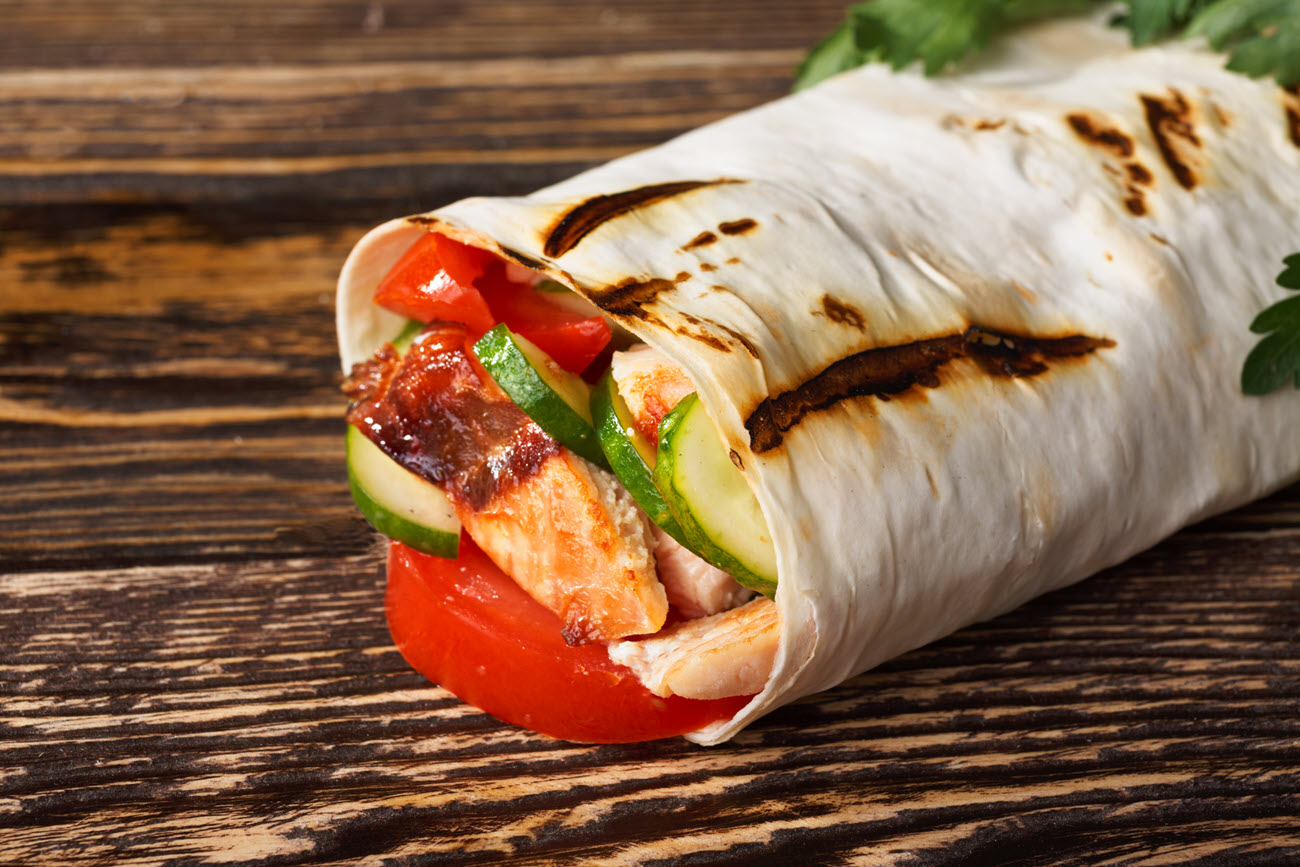
Food brings people together. Muslim culinary traditions have enamored gourmands from other cultures for centuries. Many of the familiar dishes in the Middle East are favorites of halal and kosher diners. Falafels and hummus are found in both Jewish and Muslim tables.
Immigrant communities brought with them their choice of dishes. Over time, they added new twists to suit their new homelands and picked up a few new admirers along the way. The most famous example is the döner kebab. A popular street dish from Turkey, döners can now be found in many other countries across the globe. It even became the template for similar dishes such as the Greek gyro and the Mexican tacos al pastor. In its Arab form, shawarma, it gained more notoriety as the food movie superheroes eat after a hard day.
Because alcohol is haram, the most popular beverage in Muslim cultures is coffee. First discovered in Ethiopia, coffee beans spread to the Arab Muslim sphere via trade. It was from the Ottoman Empire, ruled from what is now Turkey, that coffee reached Europe (and the rest of the world). Coffee is one of the world's most popular beverages. Then as now, coffee houses are gathering places for intellectuals seeking mental stimulation.
